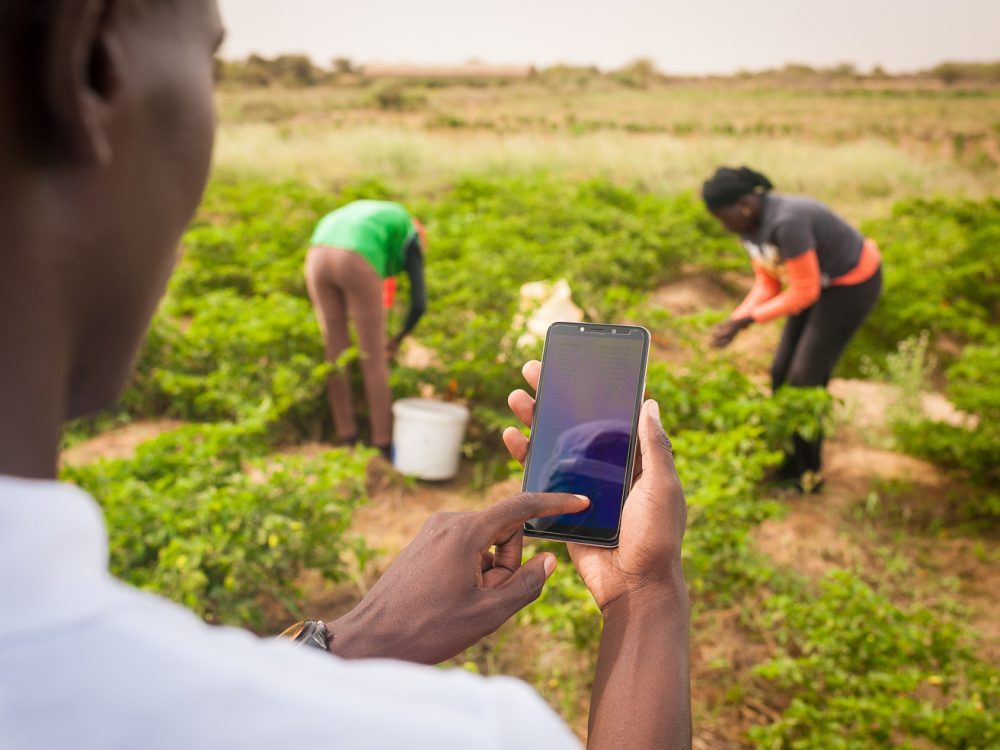Lessons from Nepal: Data, Incentives, & Champions
This is the second post in a three-part series relaying the findings from a study of government data use in Nepal. Read the first post here.
Why should a government official care about using data?
It’s an important question. We all follow our incentives. And the Data Revolution will impact development only if decision-makers have the right incentives to use data more effectively. It’s also important because the most candid respondents to our Nepal study suggested that “data use is a formality” in government planning and reporting. We don’t write this as criticism – every government, company, NGO, and individual is guilty of using lackluster evidence to justify agendas or assumptions. But change-making, evidence-based decision-making happens when policymakers objectively rely on good data.
Our study suggests that incentives do not promote robust data use inside the government. Incentives do encourage government officers to collect, aggregate, and report on data – but much more effort goes into making reports than actually interacting with information. Some senior officials suggested that this is because “data providers and line ministries do not know the value of statistics.” But even at senior levels, data aggregators are not making analytical products with data-driven recommendations.
There is a general sense that data analysis should happen outside of the government – in think tanks, universities, or donor offices. But in any context, the people who allocate government resources should understand, interact with and use data to make decisions – and they need reasons to do so.
What to do about it?
Many of our interviews yielded calls for government leaders to better support, both verbally and materially, statistical development and data use in the government. According to our respondents, these efforts could range from building up technical resources (data management systems, statistical analysis tools, etc.), to training, to financial incentives, and so on. Of course we will not presume to recommend structural changes to Nepal’s public service, which has a long and storied history. But in the short-term, we do suggest that the development community can begin to address this incentive challenge by fostering high-level data “champions” within GoN.
For example, one potential champion – a senior official in an influential sector department – said: “Data is not meant for central systems and donors. It should be for those who generate it.” This is the right message; it just needs a wider audience.
If senior government officials were to speak more openly about the importance of data analysis, praise staff who create innovative products, and encourage government planners to request and incorporate more data-driven evidence into their processes, general incentives for using and analysing data should begin to increase.
Share This Post
Related from our library

Introducing The HackCorruption Civic Tech Tools Repository
Introducing the Civic Tech Tools Repository: an open-source hub of digital solutions to fight corruption. Designed for growth through GitHub contributions, it brings together tools, code, and resources across six key areas for HackCorruption teams and beyond.

Building a Sustainable Cashew Sector in West Africa Through Data and Collaboration
Cashew-IN project came to an end in August 2024 after four years of working with government agencies, producers, traders, processors, and development partners in the five implementing countries to co-create an online tool aimed to inform, support, promote, and strengthen Africa’s cashew industry. This blog outlines some of the key project highlights, including some of the challenges we faced, lessons learned, success stories, and identified opportunities for a more competitive cashew sector in West Africa.

Digital Transformation for Public Value: Development Gateway’s Insights from Agriculture & Open Contracting
In today’s fast-evolving world, governments and public organizations are under more pressure than ever before to deliver efficient, transparent services that align with public expectations. In this blog, we delve into the key concepts behind digital transformation and how it can enhance public value by promoting transparency, informing policy, and supporting evidence-based decision-making.